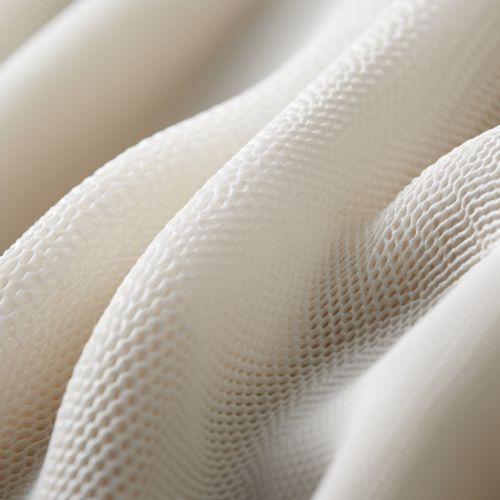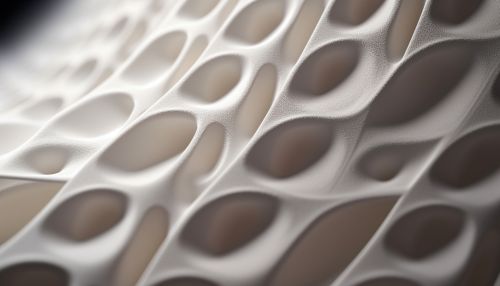Biocompatibility
Introduction
Biocompatibility refers to the ability of a material to perform with an appropriate host response in a specific application Biocompatibility. It is a vital property for materials used in medical devices, implants, and other applications that interact with the body Medical Devices. The concept of biocompatibility is complex and multifaceted, encompassing a range of interactions between materials and biological systems.


Material Selection and Biocompatibility
The selection of materials for biomedical applications is a critical process that requires a deep understanding of both the material properties and the biological environment in which the material will function. Materials used in these applications must be biocompatible, meaning they must not elicit an adverse reaction when introduced into the body. This can include inflammatory responses, cytotoxic reactions, or other harmful effects InflammationCytotoxicity.
Evaluating Biocompatibility
The evaluation of biocompatibility involves a series of tests designed to assess the potential biological response to a material. These tests can include cytotoxicity testing, sensitization testing, and implantation testing, among others Cytotoxicity TestingSensitization TestingImplantation Testing. The specific tests required depend on the intended use of the material and the nature of its contact with the body.
Biocompatibility and Medical Devices
Medical devices, from simple tools to complex implants, must be biocompatible to ensure patient safety. The biocompatibility of a medical device is determined by the device's intended use, the duration of contact with the body, and the type of body contact (e.g., skin, blood, bone) Medical Device Safety.
Biocompatibility in Drug Delivery
In drug delivery systems, biocompatibility is crucial. The materials used in these systems must not only be compatible with the body, but also with the drug being delivered. This can be particularly challenging with newer drug delivery technologies, such as nanoparticle-based systems Drug Delivery SystemsNanoparticle-Based Systems.
Biocompatibility in Tissue Engineering
Tissue engineering is another field where biocompatibility plays a critical role. The scaffolds used in tissue engineering must be biocompatible to support cell growth and tissue formation without eliciting an adverse response Tissue Engineering.
Future Directions in Biocompatibility
As our understanding of biological systems continues to grow, so too does our ability to design and develop materials that are highly biocompatible. Future directions in biocompatibility research may include the development of smart materials that can adapt to their biological environment, the use of computational models to predict biocompatibility, and the exploration of new testing methods to evaluate biocompatibility Smart MaterialsComputational Models.
